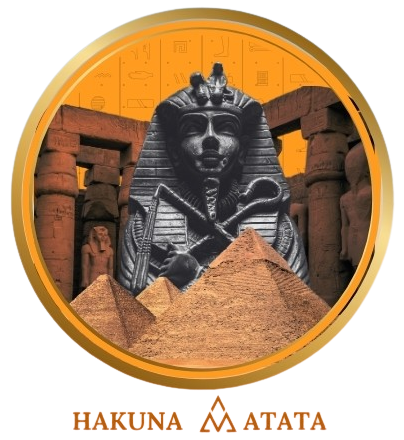Embark on a captivating journey. Explore the heart of ancient Egyptian history and the wonders of Pharaonic civilization. We will delve into the awe-inspiring Abu Simbel Temple in Aswan. This colossal monument is in southern Egypt. It is not just ...[ read more ]


